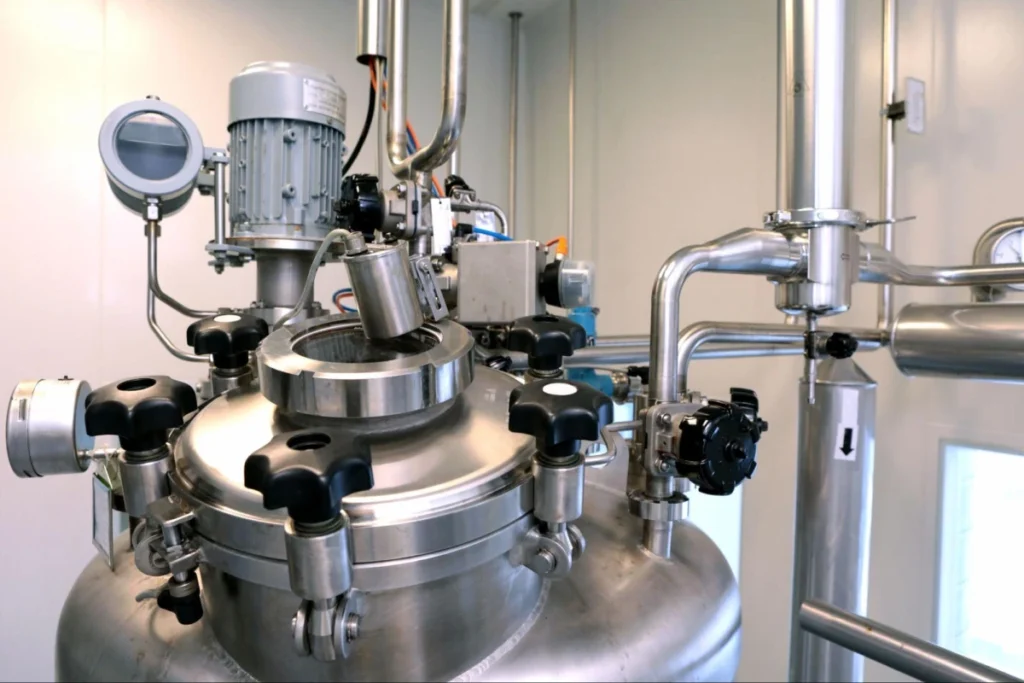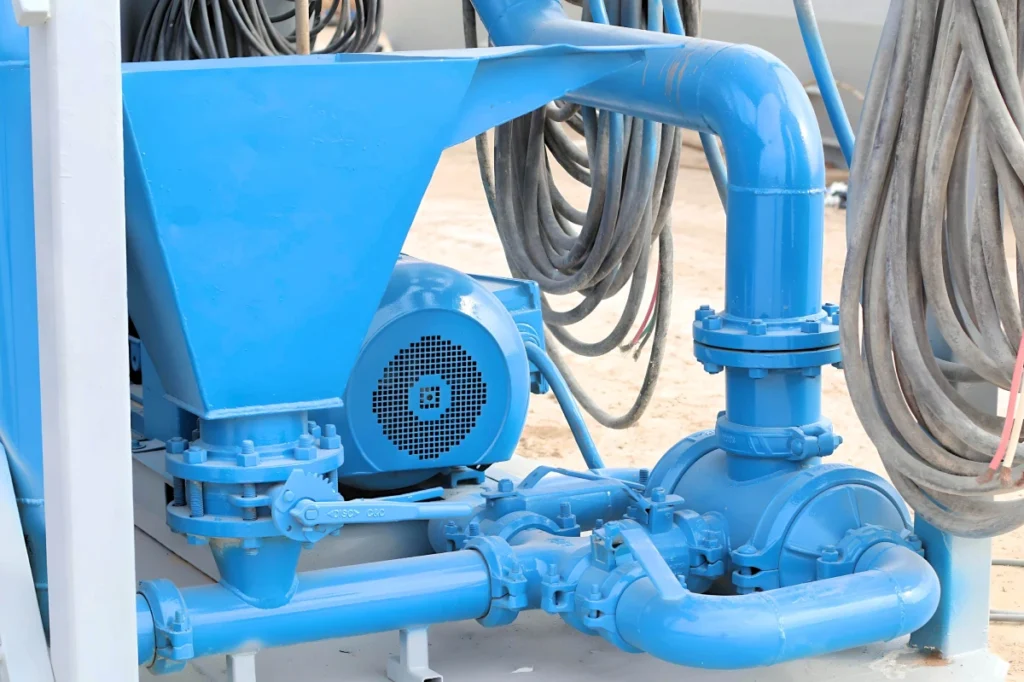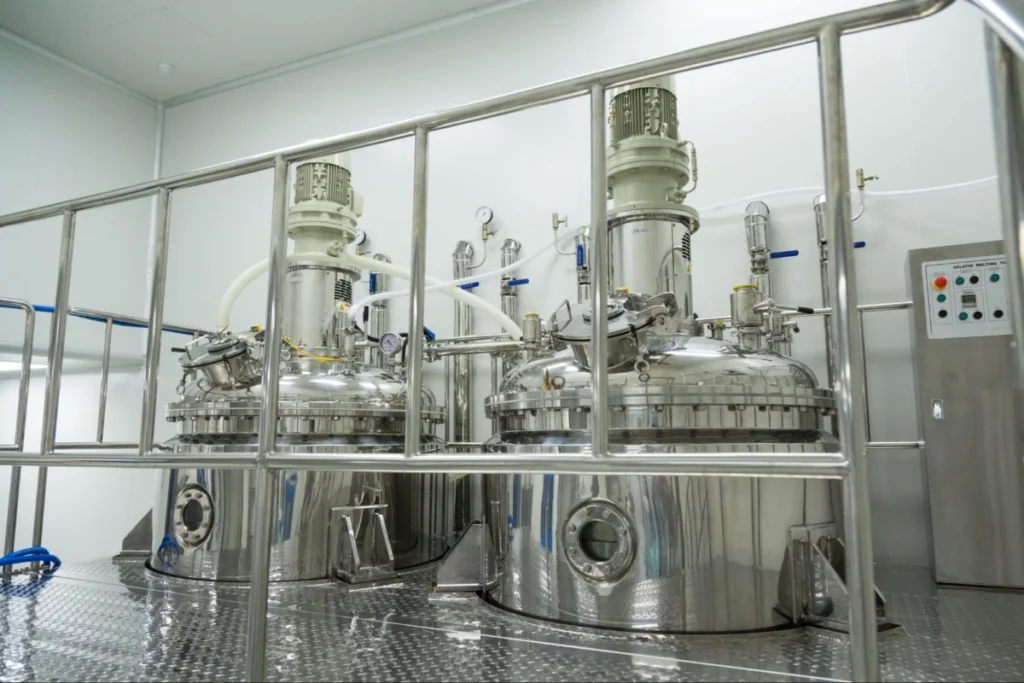Today, food safety is required in all industrial plants. As the stakes get higher, manufacturers need to make sanitary mixing solutions and systems a top priority. Each year, emergency rooms treat 200,000 Americans for food-related allergic reactions. Contaminated food can cause severe symptoms that lead to hospitalization or death.
The FDA and USDA keep raising their standards for hygienic design and sanitation verification. Your choice of sanitary mixers plays a crucial role in meeting these standards and adapting to diverse mixing needs. Closed sanitary static mixer systems create sealed environments that substantially reduce contamination risks while maintaining high safety standards.
This piece shows how innovative sanitary mixer technology protects your consumers and brand reputation while improving operations. The right sanitary mixing system can reshape your production process by eliminating hard-to-clean surfaces. High standards of cleanliness are no longer just a way to get ahead in business. They are now what makes or breaks a food packaging company.
Why Sanitation Matters in Food Mixing
Food production’s poor sanitation leads to devastating results. Each year, about 600 million people worldwide get sick after eating contaminated food, and 420,000 deaths occur from these foodborne illnesses. These numbers show that almost 1 in 10 people globally suffer from food safety failures.
The rising cost of contamination
Consumer expectations and regulatory pressure
Customers today just want to know what’s going on and feel comfortable. 67% of customers think that knowing how food is made affects what they buy. Regulatory agencies all across the world have responded by making their rules stricter.
The Food Safety Modernization Act (FSMA) has moved from reacting to contamination toward stopping foodborne illness before it happens. Manufacturers now bear more responsibility to create working sanitation protocols throughout production.
How sanitary mixers affect food safety
Mixing equipment plays a vital role in food safety results. Failed mixing processes create poor quality products and under-processed foods that pose serious safety risks. Bacteria thrive and spread to other batches in traditional mixing systems’ hard-to-reach spots.
Modern sanitary mixing systems like AquaShear remove these risks through designs that stop bacterial growth points. These systems create powerful hydraulic vortexes without blades or moving parts. This ensures complete, uniform mixing without conventional equipment’s contamination risks. Nozzles lined up within 0.1° create steady turbulence for full particle distribution. The absence of mechanical parts means fewer hiding spots for pathogens.
Clean-in-Place features boost safety by allowing thorough sanitization without taking things apart. This cuts down cross-contamination risks and allergen exposure between production runs significantly.
Traditional Mixing Systems: Hidden Risks
Hard-to-clean surfaces and crevices
Conventional mixing systems are great places for germs and allergens to hide. Even with very small gaps between ribbon blenders and troughs, dead zones form where materials build up and are hard to remove. Welds that aren’t finished well and corners that don’t have the right radius are places where product residue collects. These places are great for germs like Salmonella, Listeria, and E. coli to grow, especially in processing areas where it is warm and moist. Processing facilities are warm and damp, which is just what E. coli needs to grow.
Biofilms can form on surfaces that aren’t cleaned well, producing layers that shield microorganisms and make it hard to clean them with normal procedures. Once these biofilms have a grip, they get robust enough to handle mechanical cleaning, chemical disinfectants, and even heat treatments.
Cross-contamination and allergen exposure
Cross-contact happens when proteins from one food transfer to another, even tiny amounts can trigger severe allergic reactions. Allergen particles easily float through the air or move between shared equipment in traditional open systems. Standard cleaning methods often fail to remove all allergens from equipment surfaces, as studies have shown.
Food makers often use precautionary allergen labeling because of these cross-contact risks. The FDA points out these voluntary statements don’t relate to actual allergen presence or levels, which creates a major liability risk.
Manual cleaning inefficiencies
Food plants spend 20% of their time cleaning equipment, which can take up whole shifts of workers. To clean all the pieces of the equipment thoroughly, workers have to take them apart. This includes seals, gaskets, and blade attachments where food gets caught. The first step is to take out the agitators. Then, you need to clean a number of minor pieces, such as knobs, levers, and ventilation gaps.
Sanitary mixing systems like AquaShear offer a better solution with sealed, Clean-in-Place designs that eliminate the need for disassembly. These sanitary static mixers use precision hydraulic vortex generation instead of mechanical blades, leaving no hiding spots for contaminants while cutting cleaning time from shifts to minutes.

Modern Sanitary Mixing Solutions: Key Features
Closed, sealed designs for contamination control
Use of food-grade stainless steel and hygienic welds
Clean-in-Place (CIP) and Sterilize-in-Place (SIP) capabilities
Tool-less disassembly and smooth surfaces
Sanitary static mixer vs traditional mixers

How AquaShear Improves Yield and Safety
Ultra-fast mixing with no blades
Precision hydraulic vortex system
0.1° nozzle alignment for uniform dispersion
Dustless, single-pass operation
Proven cost savings and minimal maintenance
CFD-verified flow and custom material compatibility

Conclusion
Food production safety requires more than adaptation. It demands advanced technology. Traditional mixing systems create hidden contamination risks and require constant upkeep, while modern sanitary mixing solutions like AquaShear offer a cleaner, faster, and more reliable alternative. With bladeless, sealed designs and Clean-in-Place capabilities, AquaShear cuts blend cycles from six hours to just 45 minutes, reduces chemical costs, and improves operational efficiency without daily disassembly.
Your choice of mixing technology impacts product quality, regulatory compliance, and brand reputation. AquaShear’s precision engineering meets diverse mixing needs while ensuring consistent, safe results every time.
Don’t let outdated equipment put your production at risk. Invest in technology built for both performance and protection. Request a demo today.

